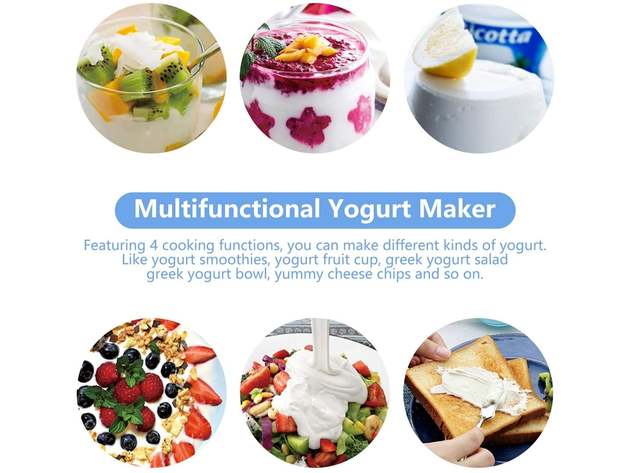

Physical activity can lead to a more active, sociable lifestyle, resulting a positive relationships and high self-esteem.Physical activity helps foster development and growth, and improves skill level.The positive impact that physical activity has on children’s health includes the following points:

Teachers, parents, siblings, grandparents, and other people in a child’s environment contribute to raising that child. No one person can take the credit for raising a child. “It takes a whole village to raise a healthy child” (Schilling & McOmber, 2006). I refer to this quote again as an inspiration that captures my attitude and philosophy in fostering children’s healthy growth and development. I used this quote in one of my General Education courses, and again in a Sociology course. Some of the children have already mastered this skill, others can only snip paper, while others do not know the proper way to hold scissors, depending on the age and skill level of the child. I begin fine-motor skills such as tearing paper in order for children to move onto the skill of snipping with scissors. The second activity includes snipping or cutting with scissors. An activity the children in my classroom are working on or have already mastered includes the game “Duck, Duck, Goose.” The children not only learn the concepts of taking turns and one-to-one correspondence, but also gain gross motor skills by running in a circle.

We also strive to teach the children new skills. Teachers can help children develop good fitness habits by incorporating nutrition activities and music and movement activities in the curriculum. During the summer, we work in the garden, swim, and walk/run around our local walking track. Activities in which we participate include throwing and catching a baseball, badminton, hiking/walking trails, and bike-riding. Our physical activities as a family are implemented at least two times a week. For example, my family strives to eat well-balanced meals and snacks. He is still overweight, but the implementation of physical activity in his lifestyle has transformed him into a pleasant, active, and independent child.įamilies can help children develop good fitness habits by incorporating well-balanced meals and frequent physical activities throughout the week.

Now, he is the fastest tricycle rider in my class, he is completely potty-trained, and he will carry on a conversation with me. He was enrolled in my classroom in March 2008. Upon enrollment in my classroom, he was very shy, had very little self-help skills, and limited gross motor skills. I have another child in my classroom that is overweight. Low self-esteem is another aspect of obesity and being overweight that can hinder a child’s performance in school relationships with peers and adults (Childhood Overweight and Obesity, 2008). Obese children are also more likely to become obese adults. It can lead to cardiovascular disease, including hypertension, high cholesterol, and diabetes. I am striving to educate his parents on the importance of physical activities and working with him at home at mealtimes.Īnother health aspect that can go wrong in the absence of physical fitness activities includes obesity/overweight. I still have difficulty with him staying in his seat at mealtimes, due to the recent information that he still sits in a high chair at home. With the help of the other children and staff in the classroom, we have been able to teach him to hop in place, and he can now work a six-piece peg puzzle. Upon the initial assessment of his skills, he was unable to hop in place, run without stumbling/falling, or work a simple puzzle. He was enrolled in my classroom in November. Because of the lack of physical activity during infancy and toddlerhood, he is very clumsy, and has very little gross motor skills. At home, he has been kept in a playpen or his car seat throughout his infancy and toddlerhood, and he still sits in a high chair at mealtimes. I have a child in my classroom that is three years old. For instance, development and growth can become delayed. Many things can go wrong if children do not engage in physical activity. Physical activities such as an obstacle course and ball toss help children practice some of these skills and increase their skill level (Goodway & Robinson, 2006). Practicing those skills can only lead to increased skill level. Some of those skills include running, jumping, climbing, throwing/catching a ball, and riding a tricycle. There are many skills children are learning during the early childhood years. Instill healthy fitness habits at a young age.The importance of physical fitness for young children includes the following in order to: Physical fitness is crucial in everyone’s life, but is especially crucial in a child’s life during the early childhood years.


 0 kommentar(er)
0 kommentar(er)
